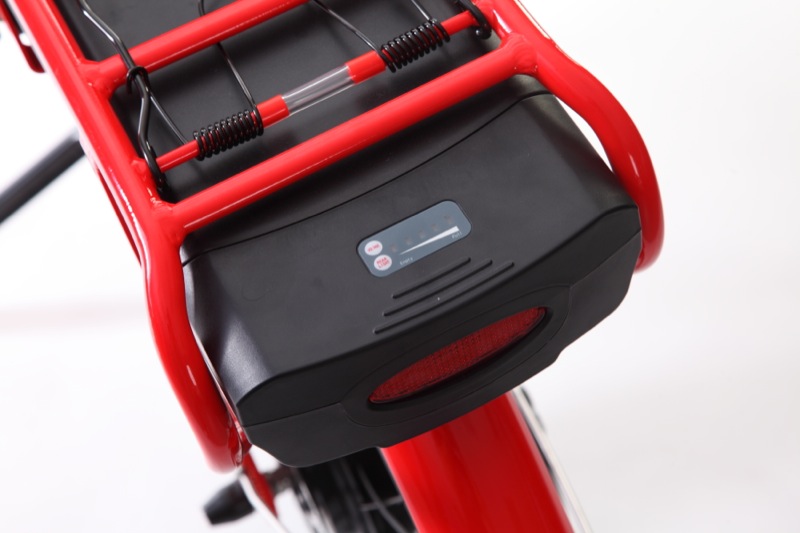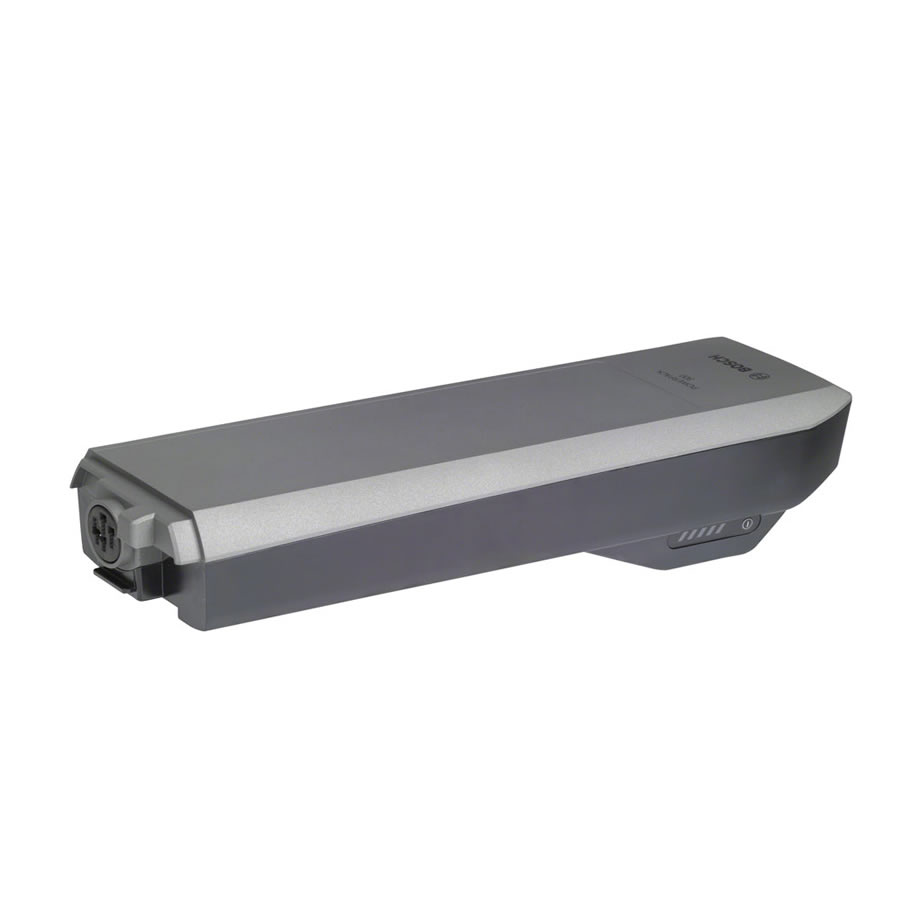If you experienced sticker shock when shopping for an electric bike you are not alone. Sure there are some amazing e-bikes out there, but are why are they so expensive?
The reason electric bikes are more expensive than traditional bikes comes down to the additional components. Electric bikes require several major components not found on a traditional bike:
- electric motor – ADD $200-$1000
- battery pack – ADD $349-$700
- drive-train – ADD $249-$1,449
- electronic controller, display, throttle, sensors – ADD $197-300
TOTAL: ADD $995-$3,449
Let’s look at each component in more detail to see what costs they add to the bike.
1) Electric Motor: (gets the e-Bike moving)
The most important feature of an electric bike. E-bikes use high-efficiency brushless DC motors to convert electrical energy from the battery to mechanical energy. There are several types, manufacturers, and potential locations for placing the electric motor on the bike. Take a look at the level of sophistication and engineering put into these motors, and you will begin to understand why the prices are so high.
Different Types of Motors:
Mid-Drive Motor –
located between the cranks on a bike and sometimes referred to as “crank motors”. Proponents of this type of motor believe it is the optimal location for an e-bike motor because it allows the rider to operate the bike’s shift similar to a traditional bike and that it will allow for more efficiency compared to hub-motors.

Mid-Drive motor (circled)
photo courtesy Royal Dutch Gazelle
Mid-Drive motors have become more popular in the past few years because they have a superior gear ratio. For example, a Mid-Motor drive can climb a steeper and longer hill than it’s equally powered Hub Motor counterpart, which might become overheated. Mid-Drive motors are also lighter weight and don’t impede with changing tires like a Hub Drive does. Mid-Drive motors are also the masters of pedal assist with their torque sensors that monitor the amount of pressure a rider exerts on the pedal. This translates into a smoother riding and shifting experience using a Mid-Drive motor.
Check out the complexity of this Bosch Mid-Drive motor. It even has a circuit board that takes 1,000 sensor readings each second to help maintain maximum power output.

courtesy of BOSCH
The component examples below are made up of both a high-end industry-standard electric motor and a less expensive motor to show the price range.

Top of the Line: Bosch Performance Line CX motor = nearly $1,000

Value motor: Bafang 750W BBS02 Mid Drive Motor: $450
Hub Motor –
For years, Hub Motors were the go-to motor for electric bikes. They required less maintenance than “crank” motors and were very reliable. These types of motors can be located on the front or rear wheel. Hub motors fall into two categories:
- geared hub motors – contain internal planetary gears to reduce the speed of a higher RPM motor
- gearless/direct-drive hub motors – no gearing…and connect the motor stator’s axle to the bike directly. No moving parts so less wear and tear.
Another nice feature of a Hub Motor is that is operates independent of the pedal drive system. Why would this matter? If your chain breaks and you are still out on a ride, you can use battery power to get home. Conversely, if your battery runs out of power before your ride is completed, you can just use human power to pedal home…like it was 1890.
Hub Motors are also less expensive than mid-drive motors, with mid-drive motors typically costing 2-4 times more than Hub motors. Here are some examples of Hub Motors…you can see the prices compared to the Mid-Drive motors.
48V, 750W Bafang geared rear hub motor – $250
2) Battery Pack: (fuel for the e-bike)
Batteries for e-bikes are generally lithium-ion chemistry. It’s important that the batteries be lightweight, efficient and long-lasting. The location of the battery pack on the bike is another important factor. Some batteries, like the Bosch PowerTube, are integrated into the frame and are hardly noticeable to the untrained eye. That location is also close to the center of gravity for the bike and minimizes any negative effects on handling or maneuverability.

Bosch PowerPack – frame mounted battery
photo courtesy of Bosch

Some batteries are also flat shaped and installed on the rack over the rear tire.
photo courtesy Pedego

Top of the Line: Bosch PowerTube 400 eBike Battery – $697

Value Battery: Flying Horse ModWheel Li-ion – $349

Bosch battery for rack location
Another critical consideration for e-bike batteries is that they be 100% waterproof.
3) Drive-train: (shift into high gear)
A couple of options to mention: external gears, internal gears
External gears – probably what most people are familiar with. Think back to your first 10-speed bike. It consists of a chain and derailleur with the different cassette gears.

Example of external gears. – $375
Photo courtesy of SRAM
Internal gears – internally geared hub (IGH). Think of the transmission in your car. As the name implys, all of the gears are housed inside a metal case. They can range from a few speeds up to more than 10 speeds (see below). Another cool thing about an internally geared hub is that you can actually shift gears while stopped. For example, if you come to a sudden stop and didn’t downshift before stopping, you can shift while stopped to have an easier startup.
Top of the Line: Rohloff E-14 (internally geared hub w/ 14 speeds) – $1,449
The next drive-train also falls under the internal gear category, but it’s different than a geared hub because it is continually variable. Meaning, instead of clicking into place on a specific gear, a continually variable transmission allows a rider to make very precise and incremental adjustments to the transmission. Think of tuning an analog radio dial to find your favorite station instead of shifting gears on a car. This can be simple, smooth, and easy to adjust.

Top of the Line: NuVinci N380 Continually variable transmission – $249
4) Electric controller, display, throttle, sensors (command center)
A few other components incorporated into an electric bike that are not required for a traditional/analog bike are: an electric controller, display, and throttle.
The electric controller helps deliver power to the motor. It is made up of transistors and the more transistors, the more power it can deliver.

Depending on the type of display, it can show the rider a wide range of useful information. Everything from the level of assistance, speedometer, percent of remaining battery power, power mode, range, clock, odometer, rpm, cadence, heart rate, etc. Make sure to look for one that is easy to read in full daylight and easy to scroll thru the different screens. Once you are familiar with the display it will become like your personal training assistant.

Bosch Intuvia Display – $134
photo courtesy Bosch
The throttle controls the amount of power supplied by the motor. Some bikes use pedal assist, some use a throttle and some can use a combination of the two. A throttle allows you to use the electric motor without pedaling. This would be similar to a moped or motorcycle. When e-bikes were just beginning, most electric bikes used a throttle.
With pedal assist, the rider selects the amount of assistance given by the motor, and it requires the rider to be actively pedaling the bike. Depending on the configuration of the bike, it gets rider feedback thru different types of sensors (Torque sensor, cadence sensor, and speed sensor) which can be used independently or sometimes combined.

Conclusion:
You can see just how many additional parts an electric bike needs compared to a traditional bike. When we add up the list, the price of an electric bike can quickly jump into the thousands of dollars. Fortunately, the e-bike product offering has been growing quickly and there are a number of manufacturers and styles of e-bikes to fit almost every budget.
The best thing to do is define what the electric bike will primarily be used for and with those requirements in mind, you can find a bike suited to your needs.
TOTAL: ADD $995-$3,449
Reading this information might not make paying the higher prices of an electric bike any easier, but hopefully, it will help explain why e-bikes are so much more expensive than their traditional counterparts.
Bottom line….riding bikes is fun. If an electric bike gets people riding more, it might justify the additional cost.
Life needs more fun!

